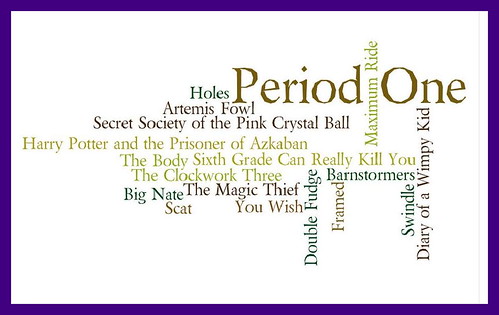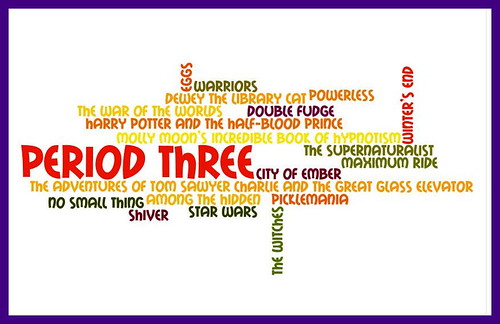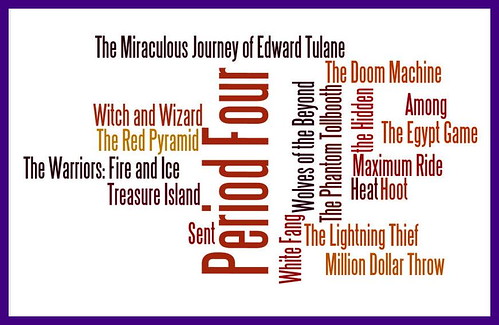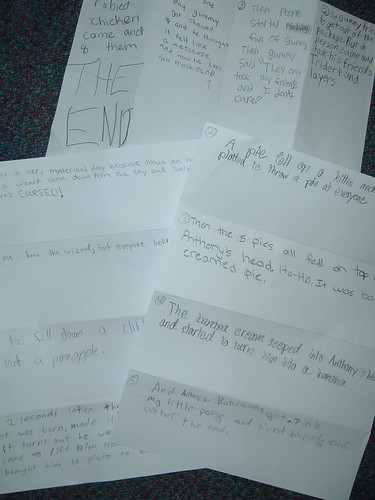I am keeping an eye on the Teacher Blogging Challenge now underway with Edublogs and saw this post by Ann, asking advanced bloggers to be reflective on their blogs. One of the options was an interview with your blog, which struck me as fun and odd (something I can’t resist).
So, here I go, and I included an audio version, giving “voice” to my blog with some effects to separate the interview from the interviewee.
Listen to the “interview”
1. Good morning. Are you always up this early? I’m always up. I’m a blog.
2. True. Well, I hope you don’t mind that I am going to drink my coffee while we chat. Now, your name is Kevin’s Meandering Mind. Can you give me the lowdown on your name? Certainly. When Kevin created me, he didn’t really know what he was going to write about. He knew that teaching would be part of it, and writing. But he figured that music and some other areas that he is interested in would also come into play. That led to the meandering.
3. And meander it does. I’m surprised you have any faithful readers. Do you worry that covering a wide range of topics might be, well, confusing for the reader? It is a potential issue but I think Kevin often writes for himself, as much for an audience, and he has some faith that readers can come along with him. If not, they can make that choice. But I am grateful for readers who come around on a regular basis, particularly those who make comments and leave notes.
4. Do you encourage comments? Of course! I’m a blog! Comments from readers are what we crave. Of course, I have my trusty spam filter, too, so not all comments come to my attention. I really don’t need new shoes or desire to send money to someone on the other side of the world. Not that I have money.
5. So, your blog does not generate revenue with advertisements? No. We don’t do that. In fact, Kevin pays to keep ads off of me. Some of my cousins out there do have advertising tattoos, but I would rather do without them. And Kevin agrees.
6. So, why does Kevin write on you? He writes because he is a writer, and he has found that our partnership — him, the writer, and me, the blog — gives him a chance to explore, compose and connect with others like him in the world. He’s been writing for years, but never quite like this. I think I opened up a door for him that will be difficult to shut. Plus, he often uses me to explore sites and technology that he is considering for his classroom.
7. You’re some sort of techno-guinea pig? That’s a harsh way to put it, pal. But I suppose it’s something like that. I don’t mind. It’s what I do.
8. How long have you been around? More than six years. Can you believe that? Kevin started me up after a week-long technology retreat with the National Writing Project. A friend of his who had been blogging (and still does, I should add) in Washington DC urged him to start a blog. In fact, he had already been doing blogging with his students. But I was his first push into a personal blog. It’s been a nice partnership.
9. What advice do you have for all of those new blogs out there? I’d say find a niche, but you know, I never really have. So, instead, I’d suggest you find a voice. Establish a voice and project your thoughts into the world.
10. It’s been nice chatting with you. Any last thoughts? It’s been a pleasure. Kindly take that coffee cup off the mouse pad, would you? I don’t want you to leave any lasting impressions with the interview.
Peace (in the conversations),
Kevin






